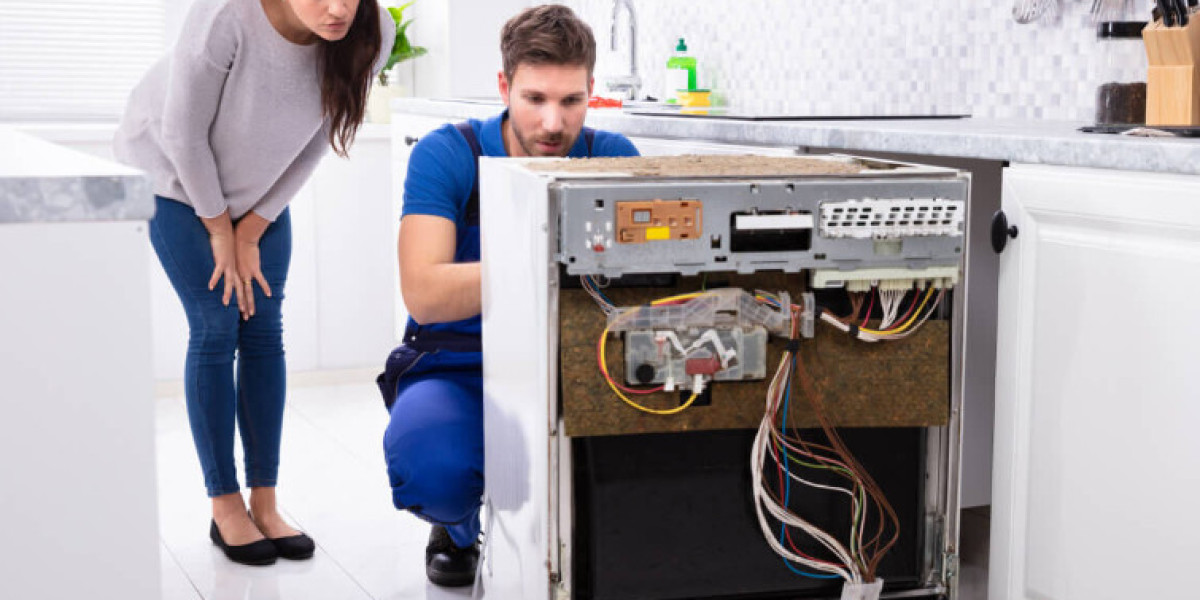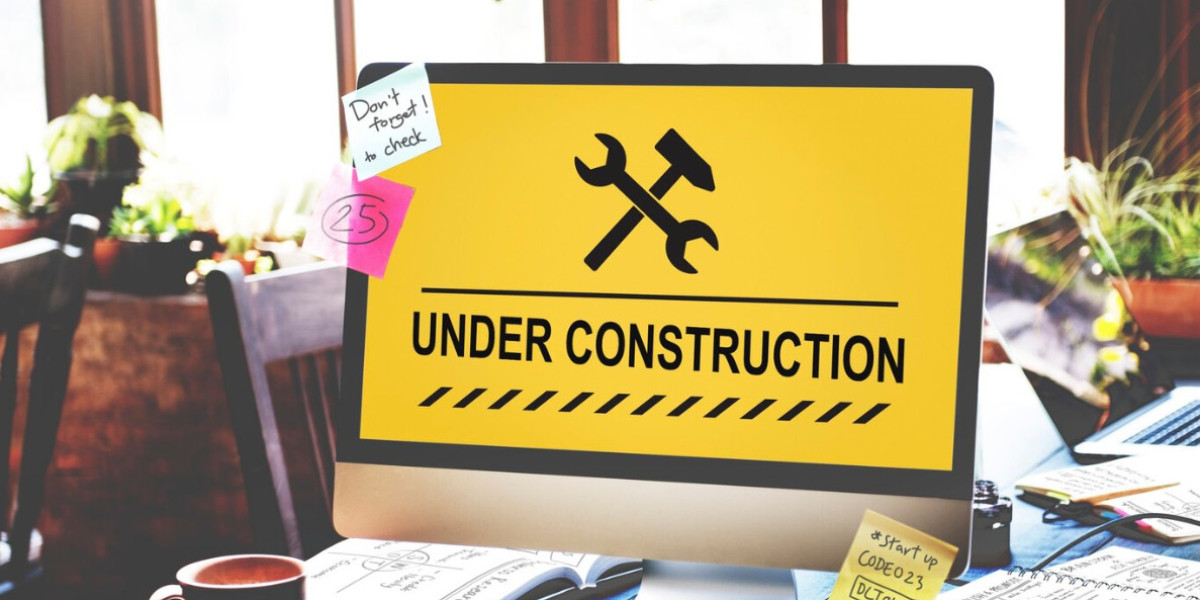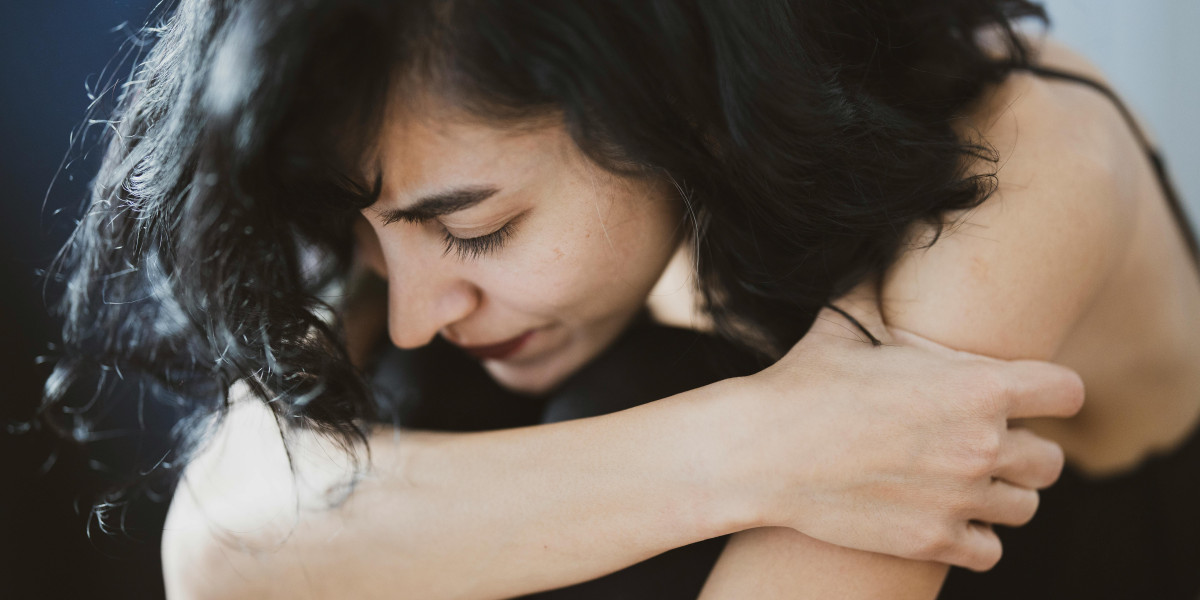Overview
Anxiety disorders are common mental health illnesses that are defined by a recurring sense of fear, anxiety, and worry. While counseling and medicine are two common forms of anxiety treatment, breathing exercises provide a quick and easy way to control anxiety symptoms when they arise. Through the integration of mindful breathing techniques into everyday activities, people can develop a sense of peace, alleviate stress, and improve their general state of wellbeing. In this post, we'll look at various breathing exercises for reducing anxiety and how they fit into an anxiety treatment plan.
The Relationship Between Emotions and Breath
One vital physiological process that is closely related to our emotional state is breathing. Our breathing often becomes shallow and quick during stressful or anxious moments, which causes tension to rise and the sympathetic nervous system—also referred to as the "fight or flight" response—to get activated. Through deliberate breathing exercises, we can trigger the parasympathetic nervous system, which facilitates relaxation and lessens symptoms of anxiety.
Effects of Deep Breathing on the Physiology
The vagus nerve, which is important in controlling the body's stress response, is stimulated and the diaphragm is engaged by deep breathing techniques like diaphragmatic breathing. In addition to lowering blood pressure and pulse rate, deep breathing also fosters emotions of relaxation and tranquility. People can combat the physiological symptoms of worry and produce a mood of tranquility by concentrating on taking slow, deep breaths.
Breathing Methods for Reducing Anxiety
Belly breathing, also known as diaphragmatic breathing
Breathing deeply into the diaphragm as opposed to shallowly into the chest is the practice of diaphragmatic breathing, commonly referred to as belly breathing. Choose a comfortable posture to sit or lie down and practice diaphragmatic breathing. Grasp your abdomen with one hand and your chest with the other. Breathe deeply through your nose, letting your stomach expand as air enters your lungs. Breathe out slowly through your mouth, allowing your belly to drop as you do so. Continue doing this for a few breaths, paying attention to how your abdomen is filling with breath.
4-7-8 Breathing Method
The 4-7-8 breathing technique is a straightforward but powerful way to lower anxiety and promote relaxation. Sit or lie down in a comfortable posture to perform the 4-7-8 breathing technique. For four seconds, close your eyes and inhale deeply through your nose. Take a deep breath and hold it for seven seconds. After that, make a whooshing sound as you slowly expel the breath from your mouth for eight seconds. For multiple rounds, repeat this cycle, paying attention to the pattern of your breath and the feeling of calm that comes with each exhale.
Square breathing or box breathing
Square breathing, another name for box breathing, is a method of controlled breathing in which the length of each breath is equal. Choose a comfortable spot to sit or stand and begin practicing box breathing. Take a four-second deep inhalation through your nose, bringing the air into your abdomen. For four counts, hold your breath. To fully clear your lungs, take a slow, four-second breath out through your mouth. Once more, hold your breath for four seconds. Continue in this manner for a few rounds, imagining a square forming with each inhalation.
Using Breathing Techniques in the Treatment of Anxiety
Meditation and Mindfulness
In mindfulness and meditation practices, which encourage acceptance of one's thoughts and feelings and present-moment awareness, breathing exercises are frequently included. To ground oneself in the present and lessen tension, mindful breathing can be practiced officially during meditation sessions or sporadically throughout the day. Breathing exercises combined with mindfulness practice can help people become more self-aware, less ruminative, and more resilient to stress.
Relaxation and Stress Reduction
Breathing exercises are useful strategies for relaxation and stress reduction, two essential elements of anxiety treatment. People can improve their emotional regulation, well-being, and ability to withstand stress by consistently engaging in deep breathing exercises. Including breathing exercises in regular routines, including right before bed or during anxious periods, can help people effectively control their anxiety symptoms and improve their overall quality of life.
In summary
Using breathing exercises might help you relax and feel better while managing the symptoms of anxiety. Through the use of mindful breathing techniques including diaphragmatic breathing, 4-7-8 breathing, and box breathing, people can lower their stress levels, promote calmness, and trigger their body's relaxation response. Breathing exercises can be incorporated into regular routines and anxiety treatment programs to enhance conventional methods and provide people the tools they need to actively manage their anxiety. Breathing exercises are a varied and effective tool for promoting mental health and improving general quality of life, from mindfulness meditation to stress management approaches. Taking into account the significant influence of breathing on emotional health, anxiety treatment ought to be comprehensive, encompassing, and customized to each patient's specific requirements.
v



